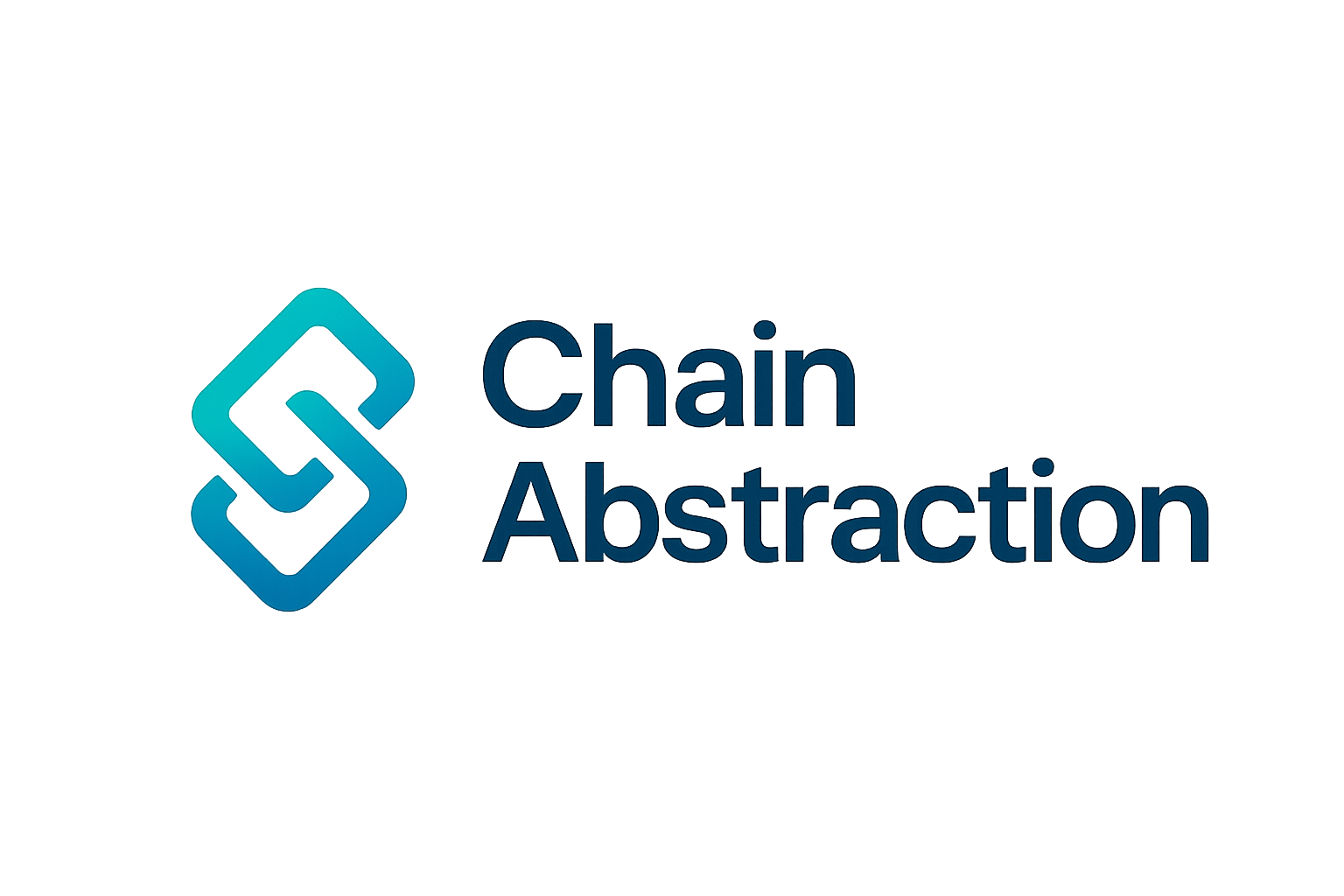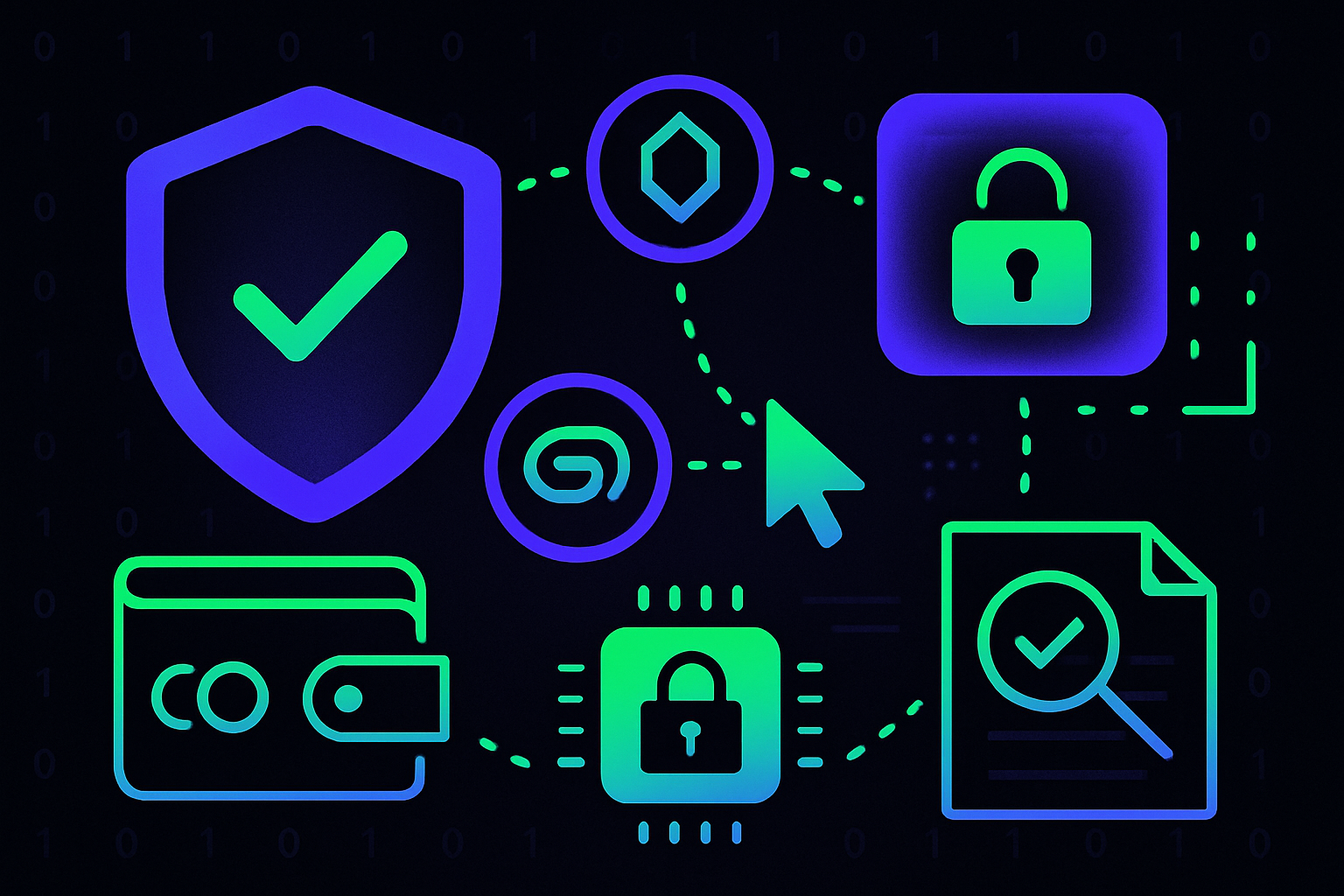
For years, the promise of decentralized finance (DeFi) has been tempered by a frustrating reality: navigating multiple blockchains means juggling wallets, bridging assets, and paying unpredictable gas fees. Every cross-chain move feels like a test of patience and technical know-how. But a quiet revolution is underway. Chain abstraction is rapidly transforming this fragmented landscape into a unified, intuitive experience, where one-click cross-chain transactions are not just possible, they’re becoming the new standard in DeFi wallets.

What is Chain Abstraction? The Engine Behind Seamless UX
At its core, chain abstraction is about hiding blockchain complexity from users. Instead of forcing you to understand the quirks of Ethereum, Solana, or Bitcoin individually, chain abstraction presents a single, consistent interface. You interact with your assets, not with networks.
As highlighted by Backpack Exchange and Wallet, chain abstraction means no more clunky bridges or manual network switching. It creates a unified layer that lets users sign transactions, manage assets, and interact with dApps across chains, using a single account. The backend intricacies are batched and automated, improving both security and usability. (source)
Critical Components Powering One-Click Cross-Chain Transactions
Today’s most advanced DeFi wallets are leveraging three key pillars of chain abstraction technology:
Core Components of Chain Abstraction in DeFi Wallets
-
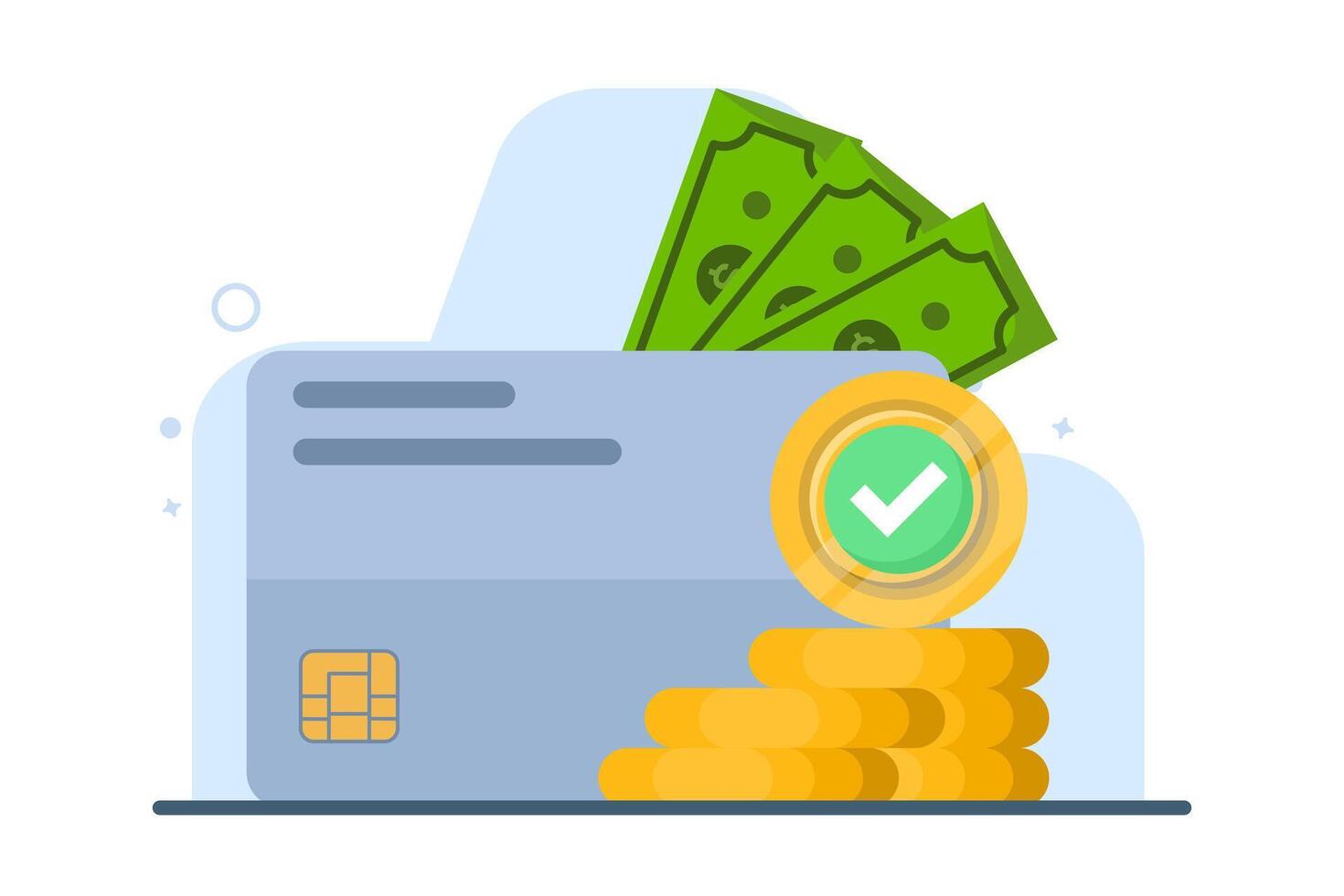
Wallet Abstraction: Manage assets across multiple blockchains through a single wallet interface. This unified wallet layer derives addresses for different chains from one private key, simplifying asset tracking and boosting security.
-
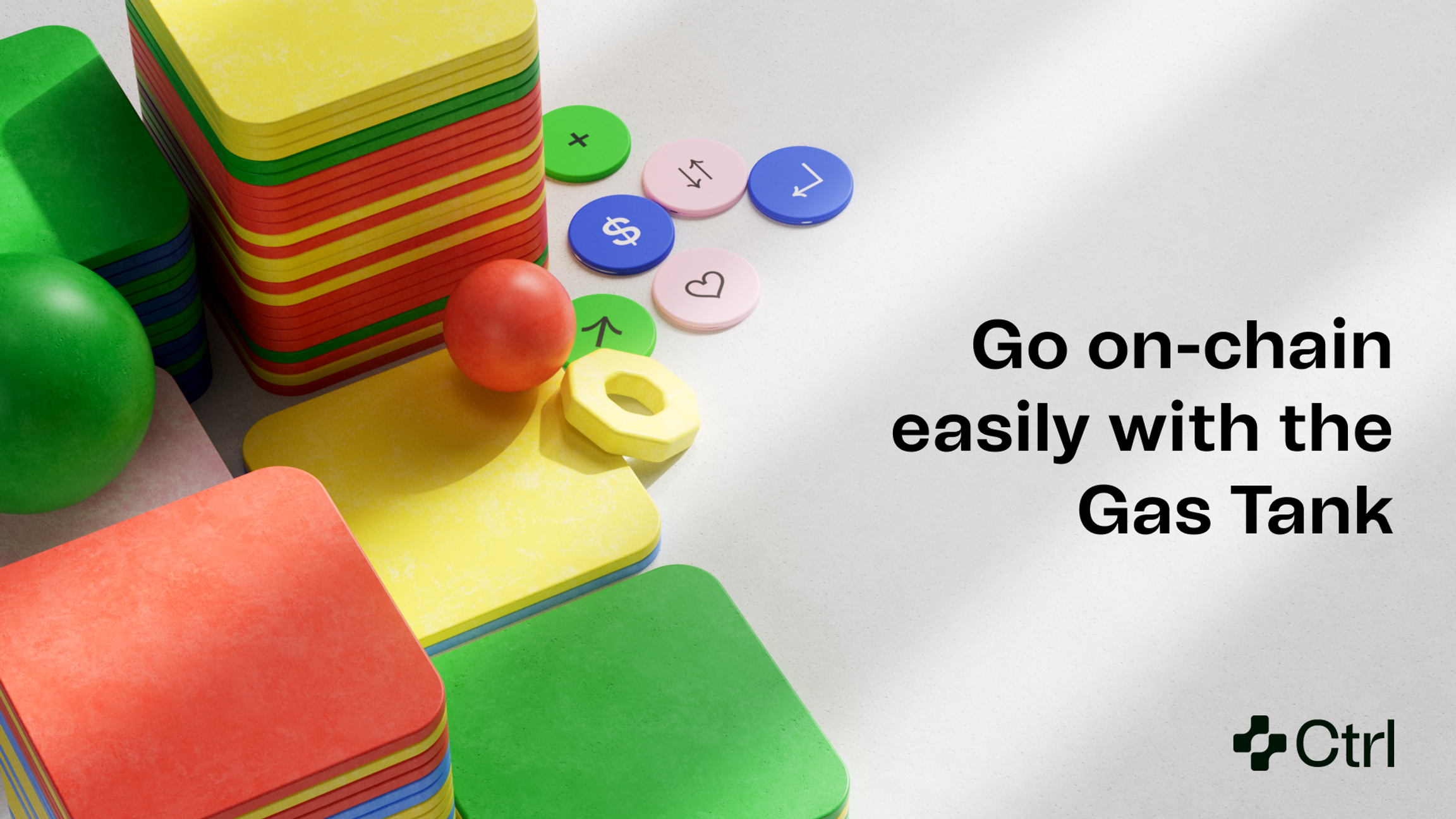
Gas Abstraction: Execute transactions on any supported blockchain without holding native gas tokens. A meta-transaction layer with gas price oracles and relayer networks ensures predictable, token-agnostic transaction fees.
-
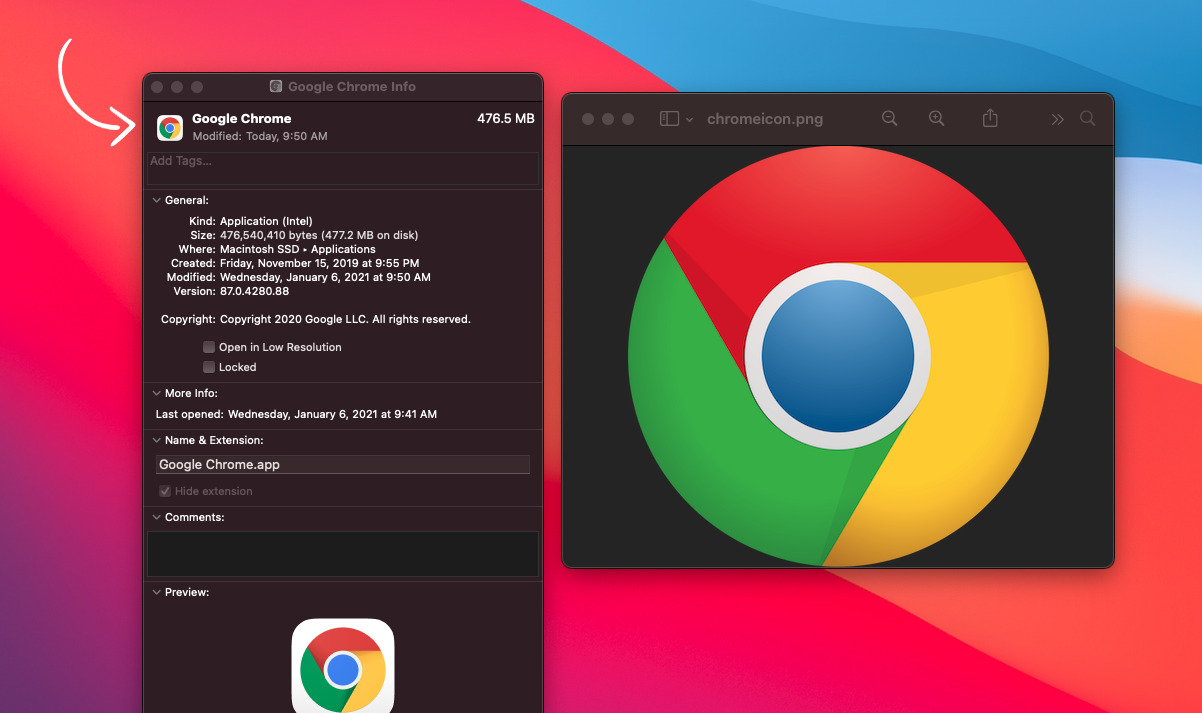
One-Click Swaps: Instantly swap assets across chains with a single click. Liquidity aggregation sources the best rates from multiple DEXs and blockchains, optimizing trade paths and enabling atomic multi-chain swaps.
1. Wallet Abstraction: This enables a single wallet interface to control assets on multiple blockchains. Using one private key, users can derive addresses across networks, making asset management effortless and reducing attack surfaces.
2. Gas Abstraction: Gone are the days of hunting for native tokens just to pay fees. Gas abstraction uses meta-transaction relayers and oracles to let users pay fees in any supported token, or even have them covered by the platform.
3. One-Click Swaps: Liquidity aggregation across DEXs and chains allows atomic swaps in a single transaction. Users can move value from one chain to another with minimal slippage and no manual bridging.
Real-World Implementations: How Leading Wallets Are Raising the Bar
The vision of a unified wallet UX is no longer theoretical. Several projects are already setting new standards for cross-chain user experience:
- Arcana Network’s Chain Abstraction Wallet: Since November 2024, Arcana’s wallet has allowed users to spend assets across Ethereum, Base, Polygon, Arbitrum, and Optimism, no bridging required. Unified balances mean you can pay with any supported asset, regardless of its native network (details).
- zkCross Network: By integrating chain abstraction at the infrastructure level, zkCross lets blockchains become cross-chain ready instantly. Their stack includes wallet abstraction and gas abstraction as default features (learn more).
- PancakeSwap’s One-Click Swaps: In June 2025, PancakeSwap added one-click cross-chain swaps through Across Protocol. Users can swap between BNB Chain, Arbitrum, and Base directly within the familiar PancakeSwap UI, no bridges or token wrapping needed (read more).
The End of Friction: How Chain Abstraction Empowers Everyday Users
The impact of chain abstraction is best measured not in technical specs but in user experience. Where once users faced fragmented liquidity and daunting workflows, they now enjoy:
Key Benefits of Chain Abstraction for DeFi Users
-

Seamless Cross-Chain Swaps: Chain abstraction enables one-click asset swaps across multiple blockchains, eliminating the need for manual bridging or multiple interfaces. Platforms like PancakeSwap now offer direct cross-chain swaps between BNB Chain, Arbitrum, and Base, greatly streamlining the user experience.
-

Unified Wallet Balances: With chain abstraction, users can view and manage all their assets across supported blockchains in a single wallet. Arcana Network’s Chain Abstraction Wallet provides a unified balance, letting users spend assets from Ethereum, Polygon, Arbitrum, and more—no bridging required.
-
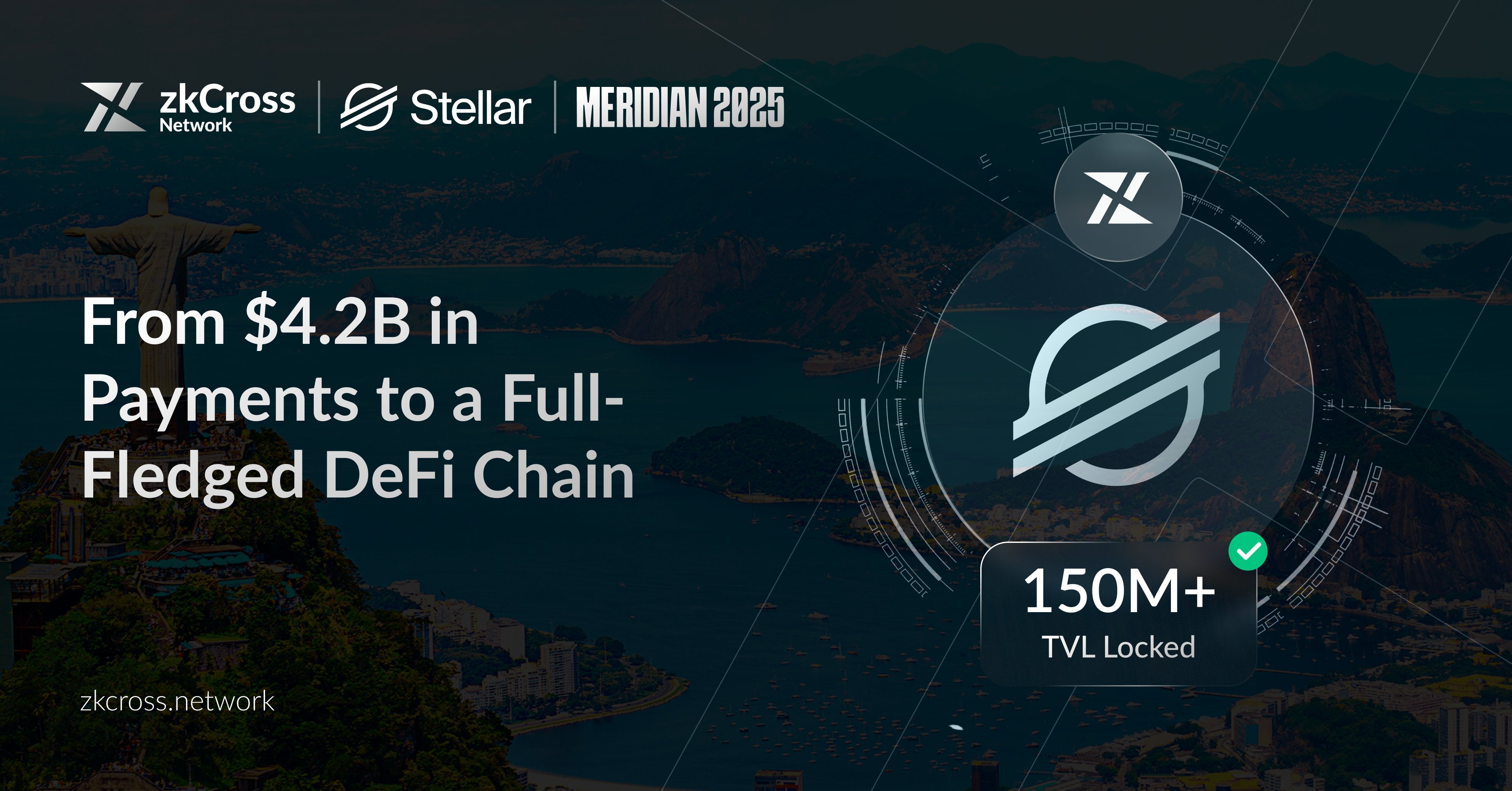
Reduced Gas Fee Complexity: Gas abstraction allows users to transact without holding native gas tokens for each blockchain. Solutions like zkCross Network’s infrastructure utilize meta-transactions and relayer networks, making cross-chain actions predictable and token-agnostic.
-
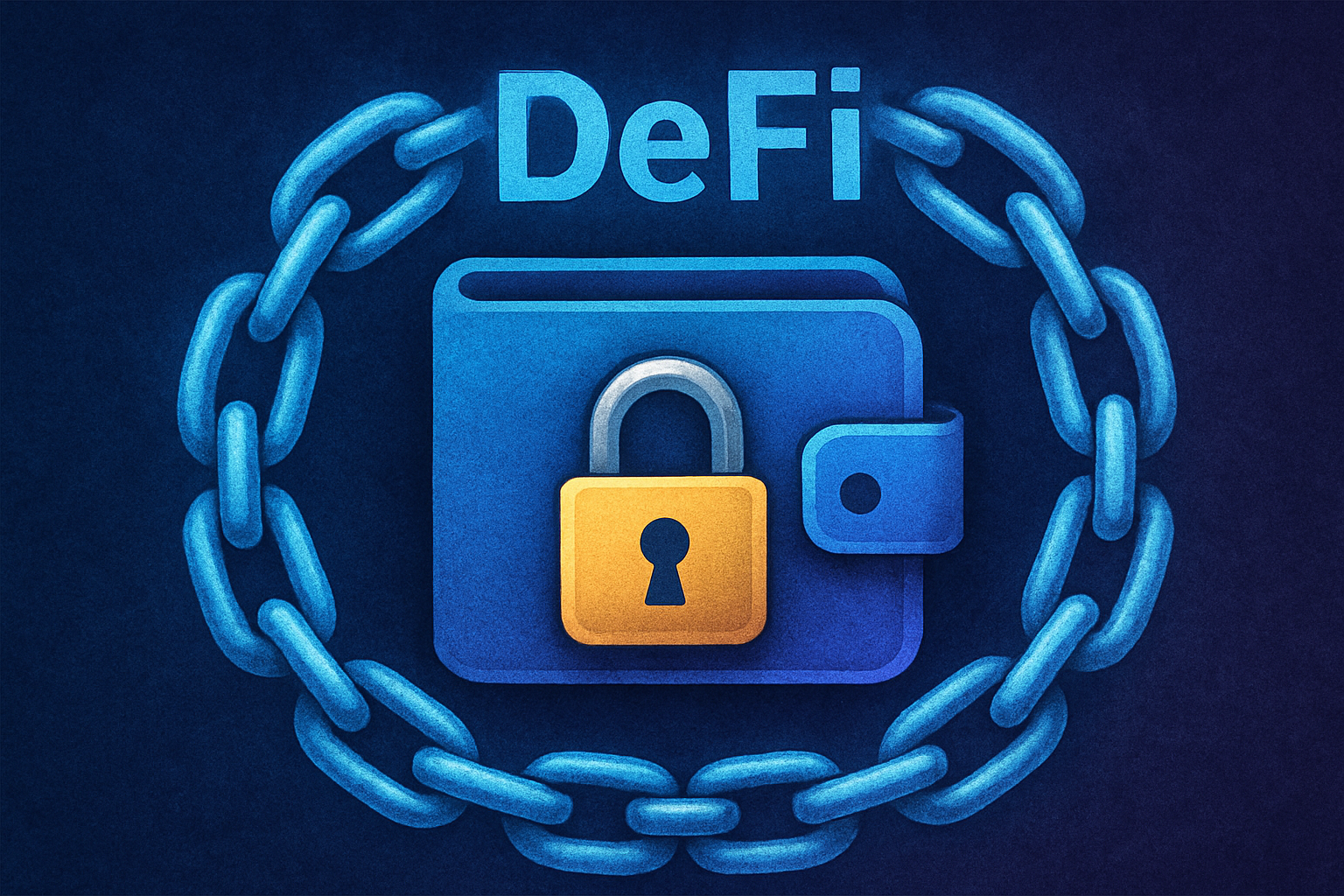
Improved Security and Fewer Errors: By removing the need to interact with multiple wallets and bridges, chain abstraction reduces the risk of user mistakes and phishing attacks. A single, secure interface minimizes exposure to malicious contracts and simplifies private key management.
-
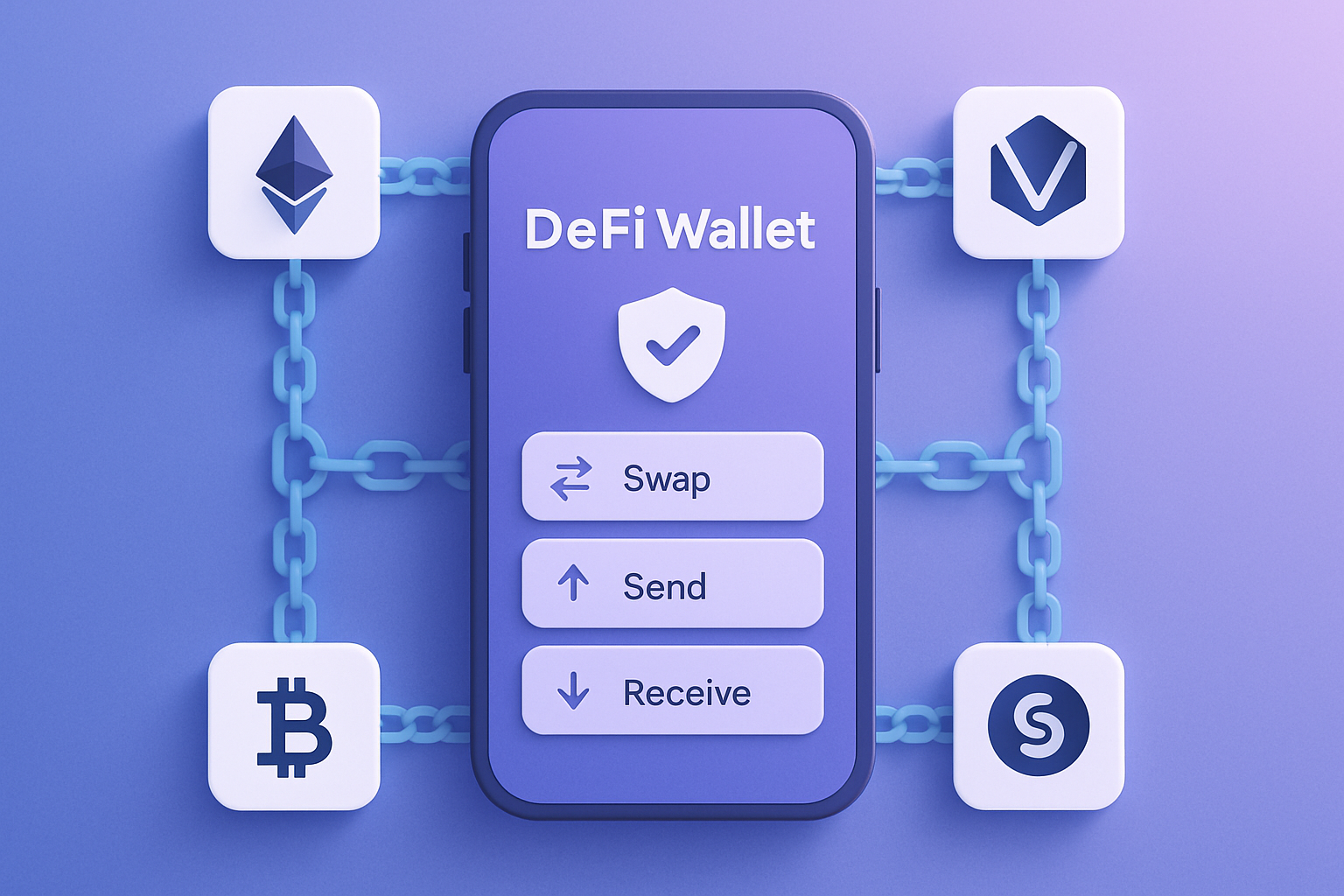
Frictionless User Experience: Chain abstraction hides technical complexities such as address formats and transaction batching, empowering users to interact with DeFi protocols on any supported chain as easily as using a single app.
This shift doesn’t just make DeFi more convenient, it makes it safer. By reducing manual steps and consolidating risk into fewer interfaces and keys, users are less exposed to phishing attempts and bridge exploits. The result is an ecosystem that’s both more empowering for newcomers and more robust for power users.
With these advances, DeFi wallets are finally living up to the promise of true interoperability. The days of copying addresses, double-checking network settings, and nervously bridging assets are fading. Instead, users experience a fluid workflow, swap, send, or stake across chains with a single click and one unified wallet. This is not just a step forward in convenience; it’s a foundational leap in how users interact with the decentralized web.
Security and Risk Management in Chain Abstraction
While chain abstraction is streamlining the cross-chain user experience, it’s crucial to recognize the new security paradigm it introduces. Aggregating multiple blockchains into a single wallet interface increases the value at stake, making robust risk management non-negotiable. Leading providers employ advanced cryptography and smart contract audits to safeguard user assets. Additionally, by minimizing the number of manual touchpoints (such as manual bridging or multiple wallet installations), the attack surface shrinks, reducing exposure to phishing and social engineering attacks.
Projects like zkCross Network and Arcana Network are setting benchmarks for secure abstraction layers. Their approaches include permissioned relayers, multi-factor authentication, and real-time transaction monitoring, features that empower users without sacrificing safety. As adoption grows, expect even tighter integration of security frameworks and user-friendly recovery options.
What’s Next for Unified Wallet UX?
The momentum behind chain abstraction technology is accelerating. As more protocols adopt these standards, we’ll see DeFi wallets evolve into all-in-one control centers, capable of managing assets across EVM chains, Bitcoin, Solana, and beyond. The next wave will likely focus on:
- Expanding chain support: Adding non-EVM blockchains and integrating new consensus models for broader reach
- Deeper dApp interoperability: Enabling seamless interaction with NFT marketplaces, lending platforms, and on-chain governance from a single wallet
- Personalized automation: Smart routing for swaps and gas payments tailored to user preferences and market conditions
The ultimate goal is clear: make blockchain as intuitive as any Web2 app without compromising on self-custody or security. As chain abstraction matures, it will lower the barrier to entry for millions of new users, empowering them to participate in DeFi on their own terms.
Most-Wanted Features in Next-Gen Chain-Abstracted DeFi Wallets
-
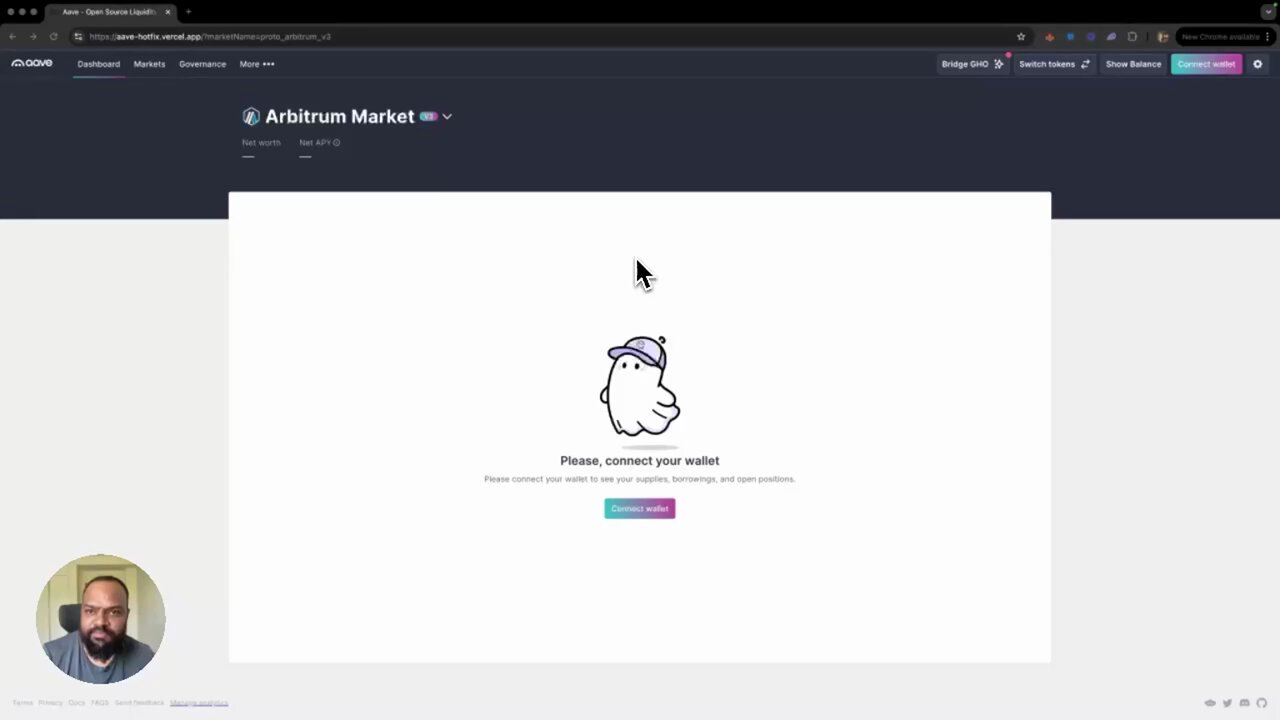
Expanded Multi-Chain Support: Users want seamless access to a broader range of blockchains—including emerging Layer 1s and Layer 2s—directly within their wallet, as seen in Arcana Network’s Chain Abstraction Wallet which already supports Ethereum, Base, Polygon, Arbitrum, and Optimism, with plans for 20+ more chains.
-
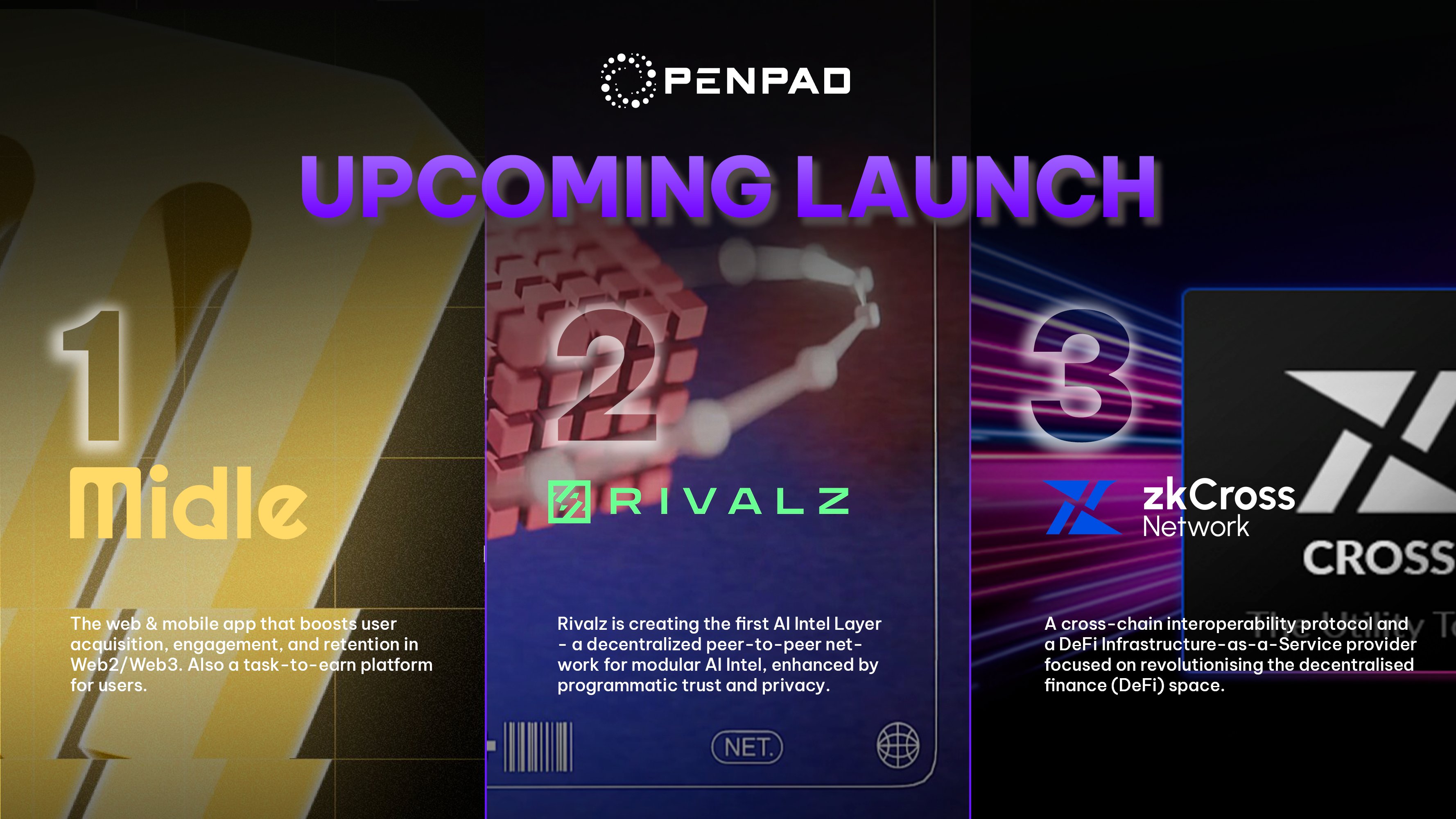
Unified dApp Access Across Chains: There is strong demand for wallets that integrate dApp browsers or connectors, enabling users to interact with decentralized applications on any supported chain without switching networks or wallets. zkCross Network’s infrastructure exemplifies this unified approach.
-
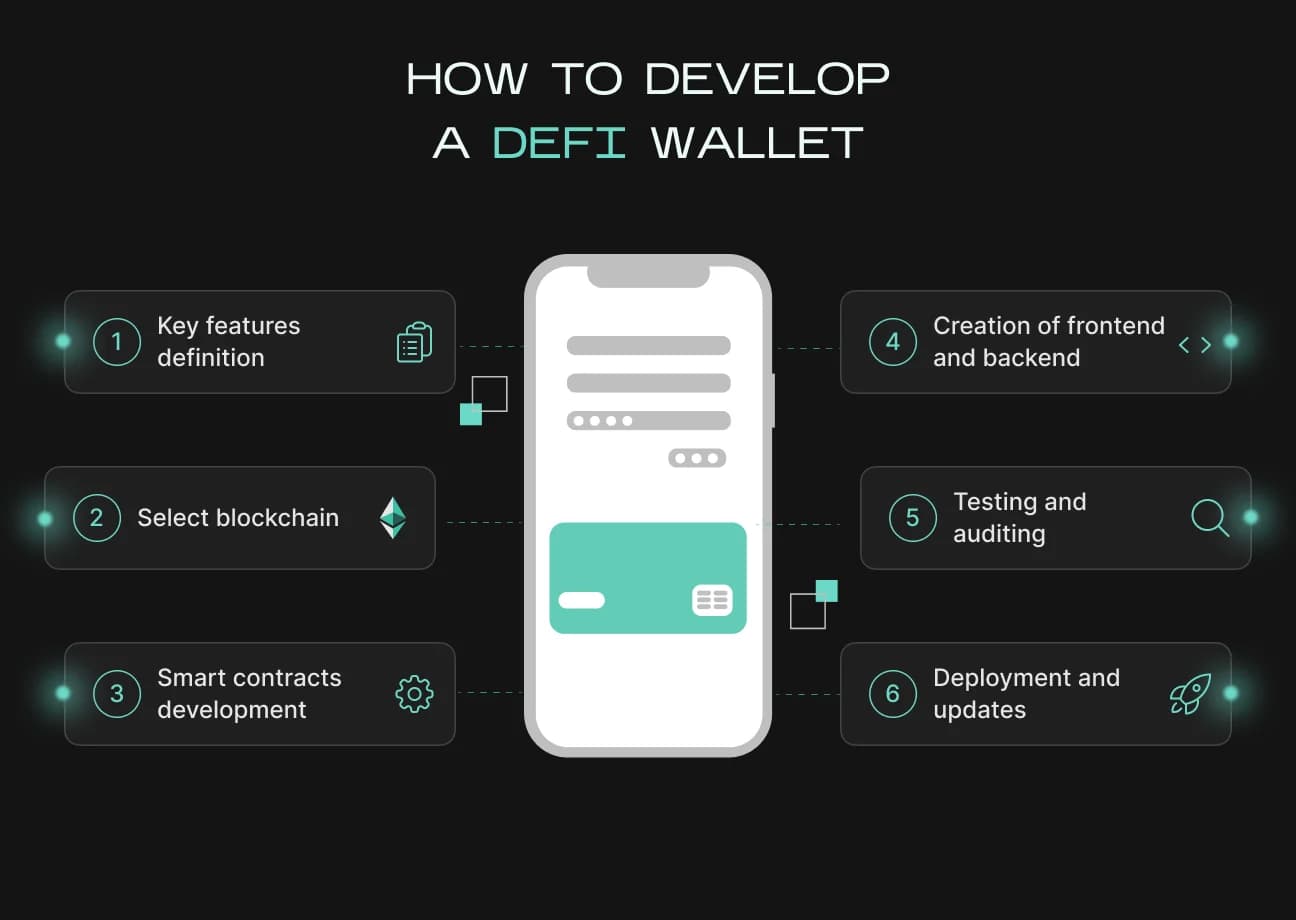
Enhanced Privacy Controls: Users increasingly seek robust privacy features, such as selective transaction visibility, on-chain data encryption, and support for privacy-preserving protocols, to better control their digital footprint across multiple chains.
-
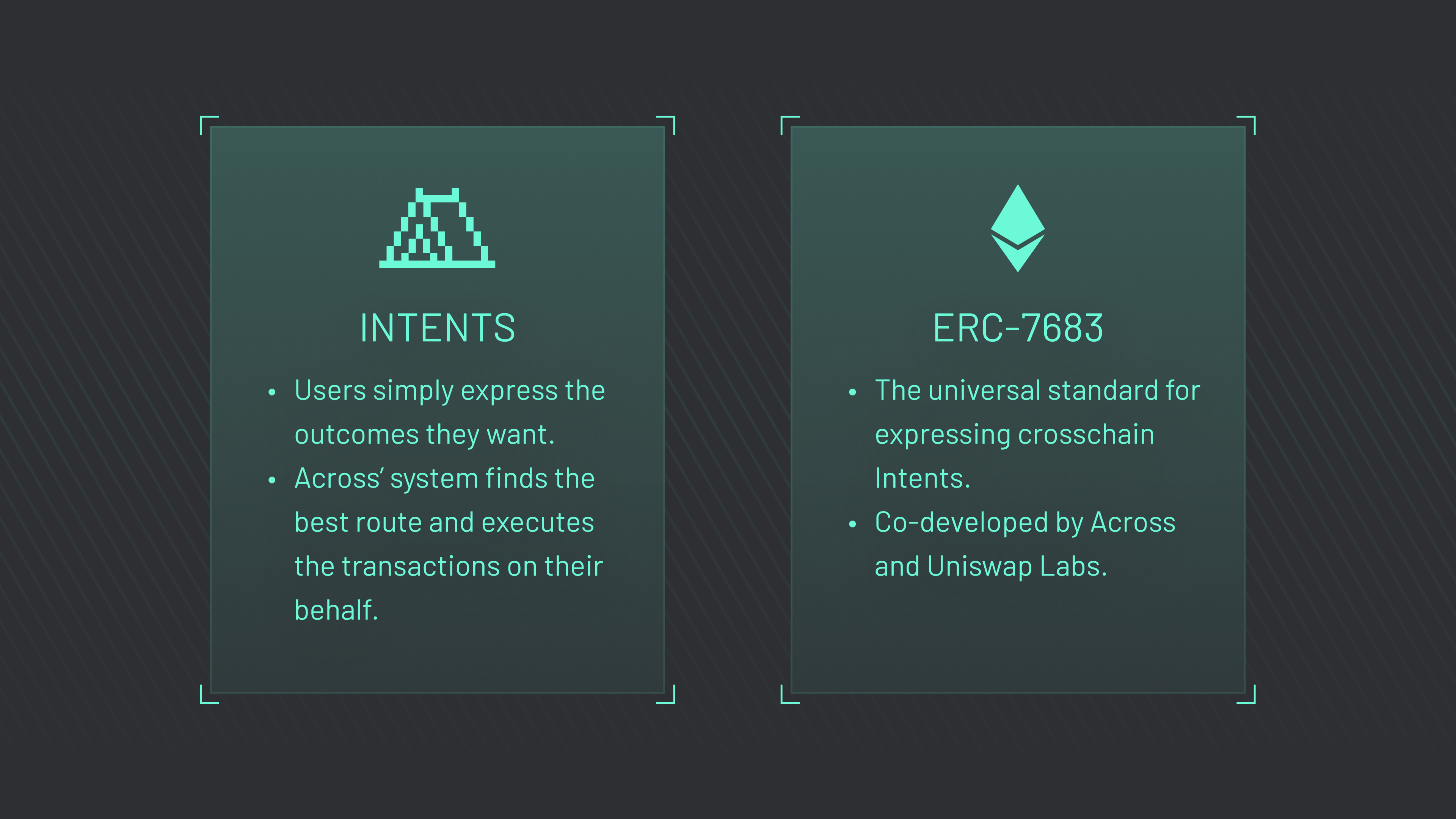
One-Click Cross-Chain Swaps: The ability to swap assets across different blockchains in a single transaction—without manual bridging or multiple steps—is highly desired. PancakeSwap’s one-click cross-chain swaps using Across Protocol is a leading example.
-
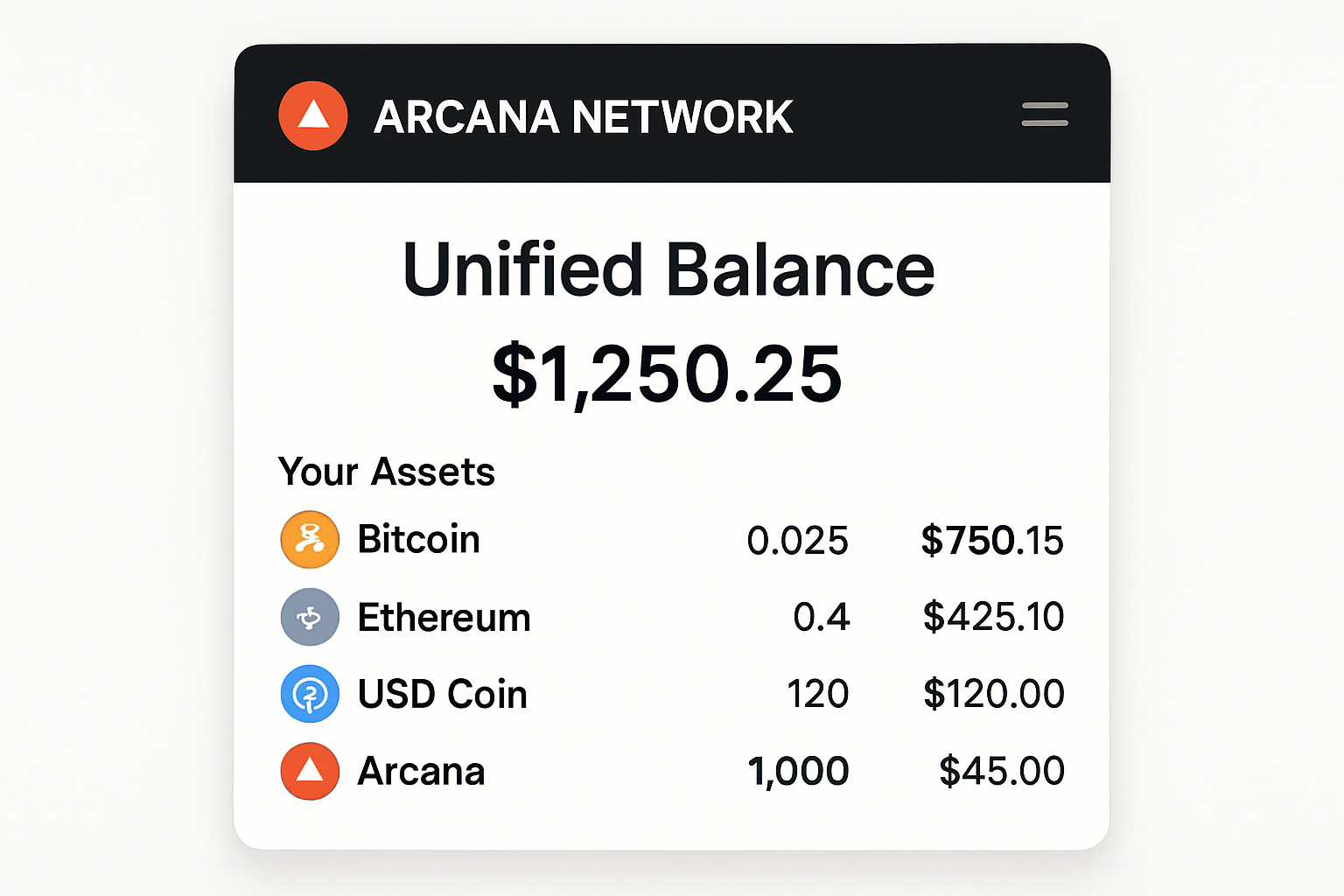
Unified Balance & Asset Management: Users want to view and manage all their assets from different chains in one consolidated dashboard, as offered by Arcana Network’s wallet, which displays a unified balance and enables spending across chains without bridging.
-
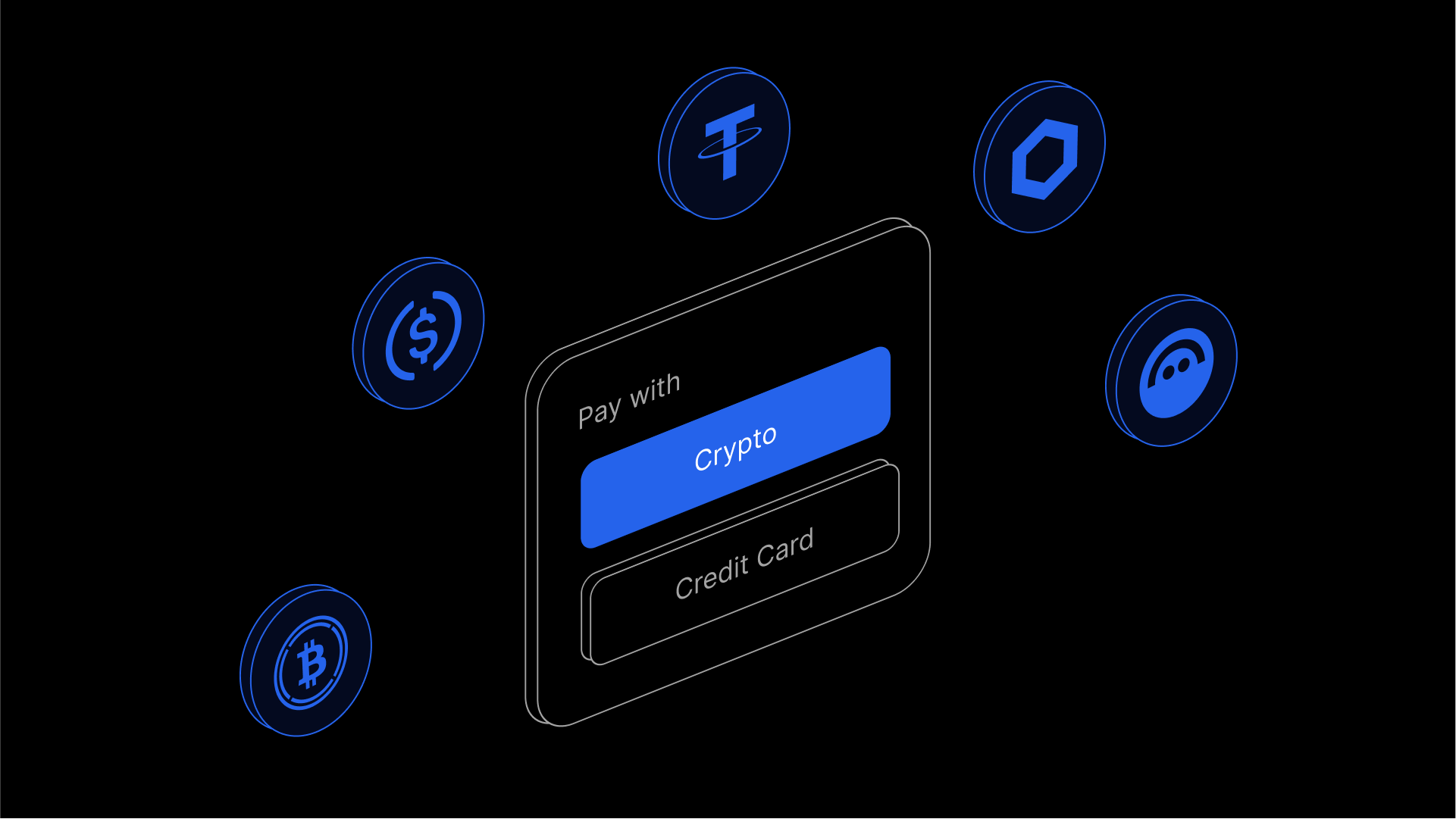
Gas Abstraction & Fee Optimization: There is a clear preference for wallets that abstract away gas fees—allowing transactions without holding native tokens for each chain—and optimize fee payments, as implemented by zkCross Network through meta-transaction layers and relayer networks.
The transformation underway isn’t just technical, it’s cultural. By dissolving the walls between blockchains, chain abstraction invites a wave of creativity and collaboration that will define the next era of decentralized finance. Users and developers alike can look forward to a future where friction is optional and opportunity is everywhere.
